 ESA / David Sing
ESA / David Sing
When a planet transits in front of its parent star, some of the light is not only blocked, but if an atmosphere is present, filters through it, creating absorption or emission lines that a sophisticated-enough observatory could detect.
Perhaps the most revolutionary find of the past generation, when we think about the Universe beyond Earth, is the discovery that our Solar System isn't the only one out there. 30 years ago, we had yet to find a single planet beyond our own Solar System; today, we're aware of thousands. The rapid developments in exoplanetology have taught us that there are more planets than stars in the Universe, and that Earth-sized, potentially habitable worlds are common. In fact, there are likely hundreds of billions of such worlds in our galaxy alone.
But the majority of these worlds are around red dwarf stars: stars where flares and activity are common, and many scientists contend that worlds around these stars should have no atmospheres by now. Is it true, or might they be habitable after all? Here's how the James Webb Space Telescope will find out.
 NASA / SDO / HMI / Stanford Univ., Jesper Schou (top); NASA's TRACE Satellite (bottom)
NASA / SDO / HMI / Stanford Univ., Jesper Schou (top); NASA's TRACE Satellite (bottom)
Transits of Venus (top) and Mercury (bottom) across the edge of the Sun. Note how Venus' atmosphere diffracts sunlight around it, while Mercury's lack of atmosphere shows no such effects.
The most successful way of finding exoplanets has been through the transit method: looking for the moment that a planet, orbiting its star, passes in front of the stellar disk, obscuring a portion of its light. Observe the star for long enough that you get three or more of these transits, and you've got a planetary candidate on your hands, where you know the theoretical radius of the world. NASA's Kepler mission has been incredibly successful at this, finding the vast majority of planets out there, which can then be confirmed using other methods, oftentimes even determining the world's mass.
 NASA Ames / N. Batalha and W. Stenzel
NASA Ames / N. Batalha and W. Stenzel
Although many of the Earth-like candidates from Kepler are close to Earth in physical size, they may be more like Neptune than Earth if they have a thick H/He envelope around them. Additionally, they predominantly orbit dwarf stars, meaning it may be difficult for them to have atmospheres.
Most of these discovered worlds are larger and closer-in than Earth, and are found to orbit red dwarf (rather than Sun-like) stars. None of this is surprising, since larger, faster-orbiting planets are easier to detect, and red dwarf stars are the most common type. However, owing to their small size, Kepler is good at detecting Earth-sized worlds around these M-dwarfs. The most famous system of all, TRAPPIST-1, contains seven approximately Earth-sized planets, some of which may have the right temperatures for liquid water and Earth-like conditions.
But there's a catch.
 NASA/R. Hurt/T. Pyle
NASA/R. Hurt/T. Pyle
This artist’s impression displays TRAPPIST-1 and its planets reflected in a surface. The potential for water on each of the worlds is also represented by the frost, water pools, and steam surrounding the scene. However, it is unknown whether any of these worlds actually still possess atmospheres, or if they've been blown away by their parent star.
Red dwarf stars — the lowest-mass, M-class stars — are extremely active and prone to flares in a way that stars like our Sun are not. At such a close distance, it's anticipated by many that any planets orbiting these stars will have their atmospheres completely stripped away on timescales much shorter than the billions of years necessary for complex life to arise. While there are optimists out there who contend there may yet be a way for such worlds to hold onto their atmospheres, there isn't yet a compelling reason to think they do. However, it's an open, unanswered question, and even if it doesn't get lucky, it's a question that the James Webb Space Telescope should do a remarkable job of answering.
 NASA / JWST
NASA / JWST
The James Webb Space Telescope vs. Hubble in size (main) and vs. an array of other telescopes (inset) in terms of wavelength and sensitivity. Its power is truly unprecedented.
The easiest way to discover whether a planet has an atmosphere or not is to measure it directly. When a planet transits in front of its parent star, the light encountering the surface of the planet is blocked completely, creating the dip in the light curve seen by Kepler. But a small amount of light filters through the planet's atmosphere, assuming one is present. If it's there, then any molecules present will absorb a portion of the light, creating a dark "line" corresponding to the molecules that are there. In principle, we could detect methane, water, carbon dioxide, or even molecular oxygen: the strongest indicator of life we could hope to find.
 ENGL / EMIR Carsten Stech (top, with absorption/transmission features); NASA / Wikimedia Commons user Mysid (bottom), edits by E. Siegel
ENGL / EMIR Carsten Stech (top, with absorption/transmission features); NASA / Wikimedia Commons user Mysid (bottom), edits by E. Siegel
Atmospheric transmission windows as a function of wavelength. The same absorption features that make it difficult for us to measure the Universe from Earth's surface would enable distant aliens from detecting our atmosphere's composition.
But even with Earth-sized planets around the brightest stars, this will still push James Webb to the limit, and might not be viable. Even so, because of its ability to measure light to high sensitivity far into the infrared, there's a remarkable hope for determining whether these worlds have atmosphere regardless of any other measurements. As planets orbit their star, we see different phases: a full phase when it's on the far side of the star; a new phase when it's on the near side, and everything in between. Based on the temperature of the world at night, we'll receive different amounts of infrared light from the "dark" side that faces away from the Sun. Even without a transit, James Webb should be able to measure this.
 Wikimedia Commons users Nichalp and Sagredo
Wikimedia Commons users Nichalp and Sagredo
The phases of Venus, as viewed from Earth, are analogous to an exoplanet phase as it orbits its star. If the "night" side exhibits certain temperature/infrared properties, exactly the ones that James Webb will be sensitive to, we can determine whether they have atmospheres, even without measuring them directly via a transit.
If there's no atmosphere, the night side will be extremely cold, and the day/night temperature differences will be extreme. But if there is an atmosphere, even if we get no direct data, we'll be able to determine:
- if the world is Earth-like, Venus-like, or Mercury-like,
- whether there's cloud cover or not,
- whether the world is tidally locked to its star or rotates freely,
- and, if we're extra good, what the night/day temperature swings are, quantitatively.
Just through the power of reflected starlight and infrared emission, with the sensitivity of the James Webb Space Telescope, we should be able to make these measurements for up to hundreds of planets around M-class stars.
 NASA/ESA/STScI/J. de Wit (MIT)
NASA/ESA/STScI/J. de Wit (MIT)
Owing to its very close proximity at only 40 light years away, Hubble was able to rule out a large, puffy, H/He-dominated atmosphere around the two innermost TRAPPIST planets. If James Webb gets lucky, it should measure the atmospheric contents of all seven worlds; if it doesn't get lucky, it may still measure whether or not these worlds have atmospheres at all.
There likely will be many of them that have no atmosphere at all. But if even 10% — or even 1% — of the potentially habitable worlds around these red dwarfs have a substantial atmosphere, it could change everything. Based on the successes of the Kepler and K2 missions, NASA's
Transiting Exoplanet Survey Satellite (TESS), launching in March, will monitor over 200,000 stars to look for the best planetary candidates for James Webb to observe.
 Northro Grumman
Northro Grumman
An artist's conception (2015) of what the James Webb Space Telescope will look like when complete and successfully deployed. This will be the key observatory in determining whether exoplanets around the nearest, brightest, smallest stars have atmospheres or not.
Even if we get unlucky, and cannot measure the atmospheric contents directly, this indirect method of looking at planetary phases should tell us whether atmospheres are present or not. The dream of finding out whether there are other planets with life on them seemed like a task for a different generation just a few years ago. With the current generation of NASA missions ready to go, it might be only a few short years from now that we make the greatest announcement in all of human history: the discovery that in all the Universe, we aren't alone after all.
 ESA / David Sing
ESA / David Sing NASA / SDO / HMI / Stanford Univ., Jesper Schou (top); NASA's TRACE Satellite (bottom)
NASA / SDO / HMI / Stanford Univ., Jesper Schou (top); NASA's TRACE Satellite (bottom) NASA Ames / N. Batalha and W. Stenzel
NASA Ames / N. Batalha and W. Stenzel NASA/R. Hurt/T. Pyle
NASA/R. Hurt/T. Pyle NASA / JWST
NASA / JWST ENGL / EMIR Carsten Stech (top, with absorption/transmission features); NASA / Wikimedia Commons user Mysid (bottom), edits by E. Siegel
ENGL / EMIR Carsten Stech (top, with absorption/transmission features); NASA / Wikimedia Commons user Mysid (bottom), edits by E. Siegel Wikimedia Commons users Nichalp and Sagredo
Wikimedia Commons users Nichalp and Sagredo NASA/ESA/STScI/J. de Wit (MIT)
NASA/ESA/STScI/J. de Wit (MIT) Northro Grumman
Northro Grumman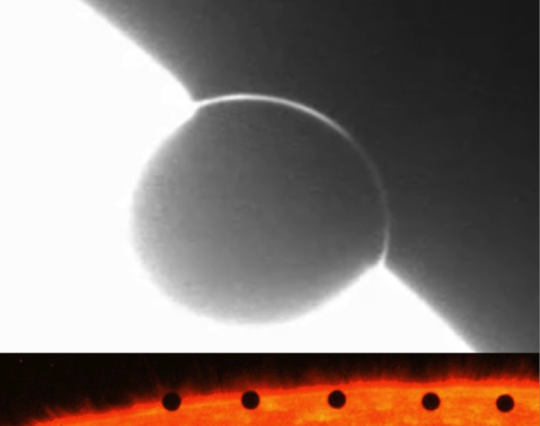
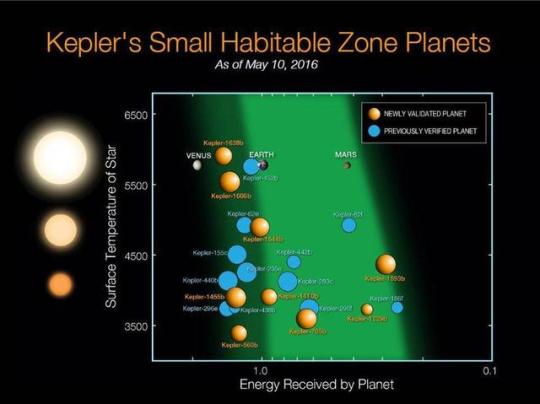
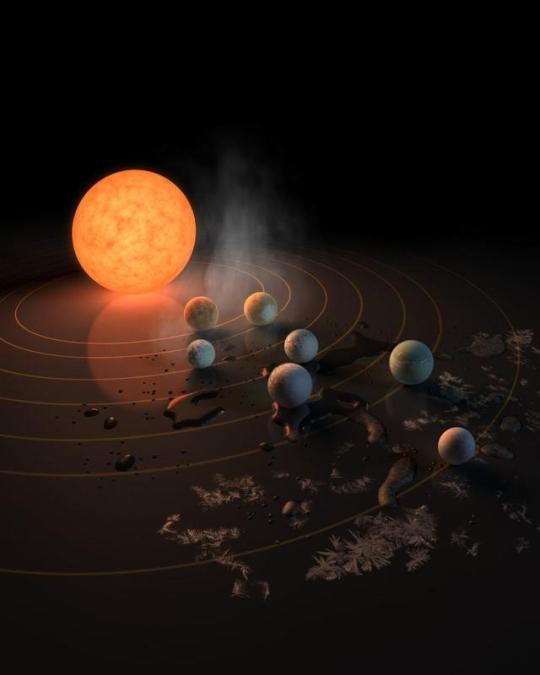


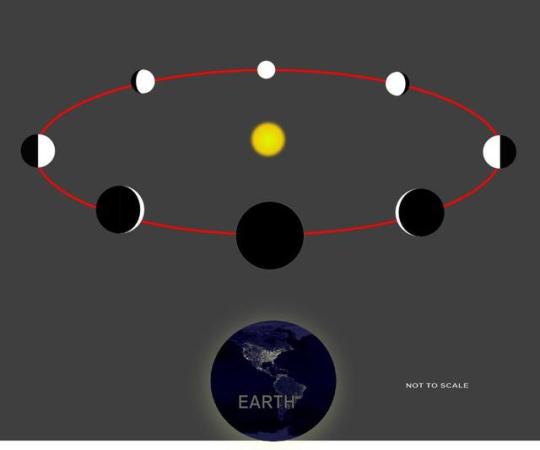
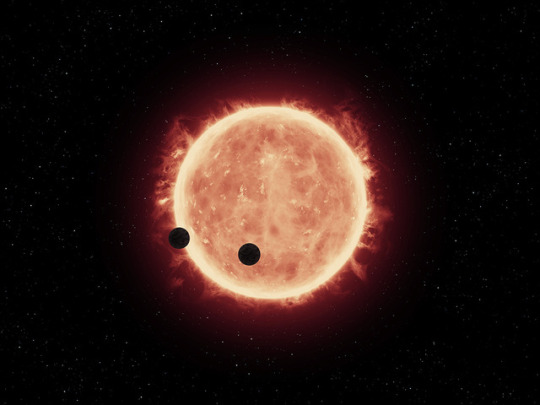
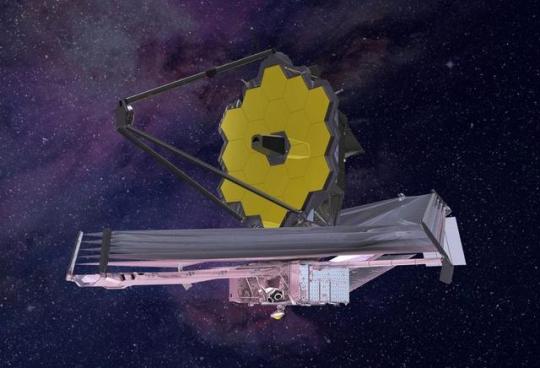
Comments
Post a Comment